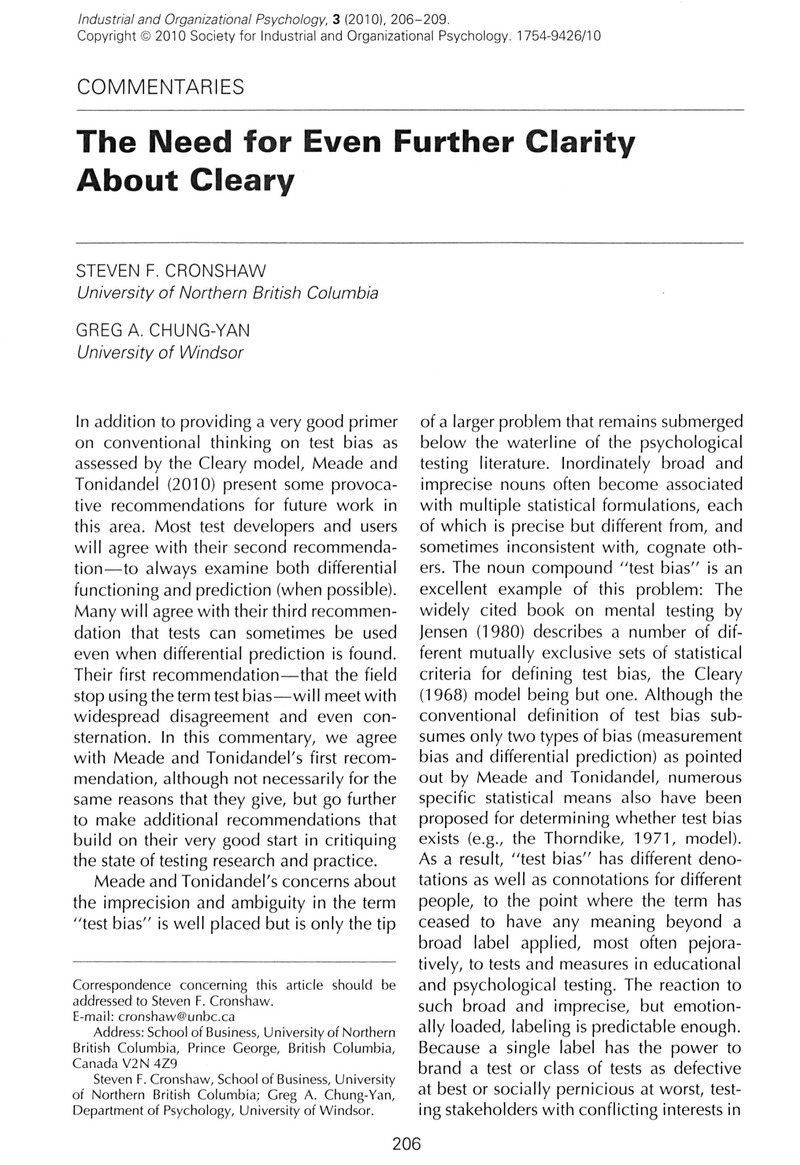Crossref Citations
This article has been cited by the following publications. This list is generated based on data provided by Crossref.
Meade, Adam W.
and
Tonidandel, Scott
2010.
Final Thoughts on Measurement Bias and Differential Prediction.
Industrial and Organizational Psychology,
Vol. 3,
Issue. 2,
p.
232.





